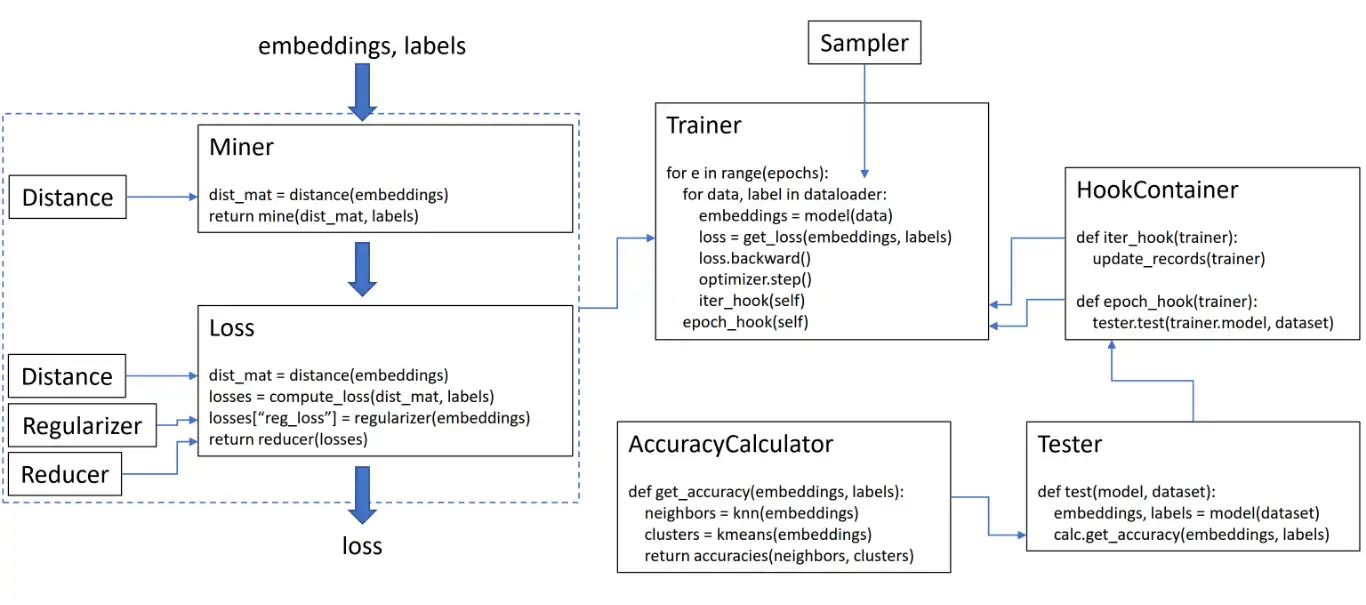This is the Windows app named PML whose latest release can be downloaded as v2.3.0.zip. It can be run online in the free hosting provider OnWorks for workstations.
Download and run online this app named PML with OnWorks for free.
Follow these instructions in order to run this app:
- 1. Downloaded this application in your PC.
- 2. Enter in our file manager https://www.onworks.net/myfiles.php?username=XXXXX with the username that you want.
- 3. Upload this application in such filemanager.
- 4. Start any OS OnWorks online emulator from this website, but better Windows online emulator.
- 5. From the OnWorks Windows OS you have just started, goto our file manager https://www.onworks.net/myfiles.php?username=XXXXX with the username that you want.
- 6. Download the application and install it.
- 7. Download Wine from your Linux distributions software repositories. Once installed, you can then double-click the app to run them with Wine. You can also try PlayOnLinux, a fancy interface over Wine that will help you install popular Windows programs and games.
Wine is a way to run Windows software on Linux, but with no Windows required. Wine is an open-source Windows compatibility layer that can run Windows programs directly on any Linux desktop. Essentially, Wine is trying to re-implement enough of Windows from scratch so that it can run all those Windows applications without actually needing Windows.
SCREENSHOTS
Ad
PML
DESCRIPTION
This library contains 9 modules, each of which can be used independently within your existing codebase, or combined together for a complete train/test workflow. To compute the loss in your training loop, pass in the embeddings computed by your model, and the corresponding labels. The embeddings should have size (N, embedding_size), and the labels should have size (N), where N is the batch size. The TripletMarginLoss computes all possible triplets within the batch, based on the labels you pass into it. Anchor-positive pairs are formed by embeddings that share the same label, and anchor-negative pairs are formed by embeddings that have different labels. Loss functions can be customized using distances, reducers, and regularizers. In the diagram below, a miner finds the indices of hard pairs within a batch. These are used to index into the distance matrix, computed by the distance object. For this diagram, the loss function is pair-based, so it computes a loss per pair.
Features
- Customize loss functions
- Use loss functions for unsupervised / self-supervised learning
- Required PyTorch version torch >= 1.6
- Development is done on the dev branch
- Code is formatted using black and isort
- You can specify the test datatypes and test device as environment variables
Programming Language
Python
Categories
This is an application that can also be fetched from https://sourceforge.net/projects/pml.mirror/. It has been hosted in OnWorks in order to be run online in an easiest way from one of our free Operative Systems.

